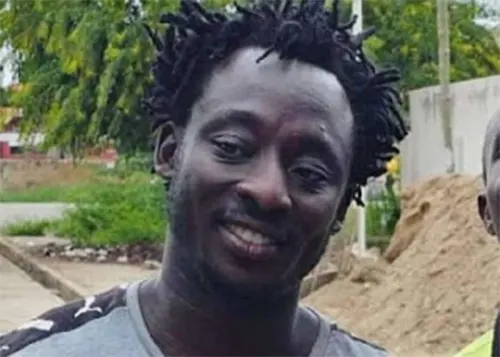
An investigative committee convened by the Greater Accra Regional Hospital has determined that Ms Rejoice Tsotso Bortei, the rotational nurse allegedly assaulted in the emergency department of Ridge Hospital, did not sustain any fractures or major dislocations. Presenting the
committee’s findings on August 27, 2025, its chairman, Dr Lawrence Ofori-Boadu, confirmed that a review of medical records showed no break in the nurse’s left wrist and no dislocation of her right shoulder joint. Dr Ofori-Boadu explained that Ms Bortei reported her injury one day after the incident, received pain relief treatment, was advised to rest, and has since been offered psychological support to assist her recovery.
On Sunday, August 17, 2025, tensions escalated in the Emergency Department when motorcyclist Ralph St. Williams led a group into a heated confrontation with hospital personnel. Online video footage of the altercation rapidly circulated, provoking widespread indignation over allegations that health workers had been physically attacked.Beyond the particulars of Ms Bortei’s injury, the committee’s report laid bare a series of structural deficiencies within Ridge Hospital’s emergency unit.
The audit noted that security coverage in the unit was “grossly inadequate,” with only a single private security officer assigned to each 12-hour shift despite heavy patient and visitor traffic. This paucity of on-site security, coupled with a police post located a significant distance from the emergency department, was identified as a critical factor limiting rapid intervention when incidents occur.
Staffing shortages emerged as another pressing concern. Throughout August 2025, the emergency unit operated with just one medical officer per shift, supported by one specialist each day. Of the 88 nurses allocated to the department, only 54 were on post, while 34 had exited for various reasons, leaving the unit understaffed and vulnerable to lapses in patient care and safety oversight. The committee warned that such gaps not only jeopardise staff welfare but also erode public trust in emergency healthcare delivery.
Equipment failures compounded the unit’s challenges. Faulty diagnostic tools—specifically the X-ray, CT scan, and MRI machines—were frequently out of service, forcing clinicians to rely on external facilities for critical imaging services. This situation created delays in diagnosis, increased patient referrals, and further strained the already overburdened emergency infrastructure.
In response to these findings, Dr Ofori-Boadu put forth a series of recommendations aimed at fortifying both safety and service quality. He urged hospital management and the Ministry of Health to bolster security measures by increasing the number of
trained officers stationed within the emergency department and to liaise with law-enforcement agencies on the proximity of a dedicated police outpost. Addressing the human-resource shortfall, the committee advocated for immediate recruitment drives to fill vacant nurse and physician positions, coupled with strategies to improve staff retention and morale.
To streamline patient flow and reduce pressure on Ridge Hospital, the report also called for the expansion of secondary-level hospitals across the Greater Accra Region. By decentralising emergency services, the committee reasoned, smaller facilities could absorb non-critical cases, allowing Ridge Hospital’s emergency unit to focus its limited resources on life-threatening conditions. Finally, he emphasised the urgent need to repair and maintain diagnostic equipment in-house, ensuring that essential imaging modalities remain operational at all times.
Dr Ofori-Boadu concluded by stressing that the integrity of Ghana’s emergency care system hinges on robust security, adequate staffing, and reliable equipment. “Addressing these systemic challenges is vital to preventing future incidents and maintaining public confidence in emergency healthcare delivery,” he affirmed, underscoring the committee’s mandate to safeguard both patients and frontline workers within the national health infrastructure.



